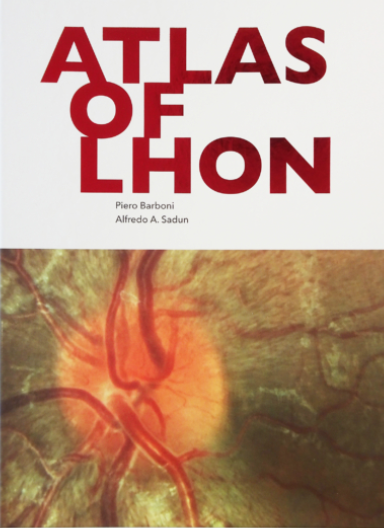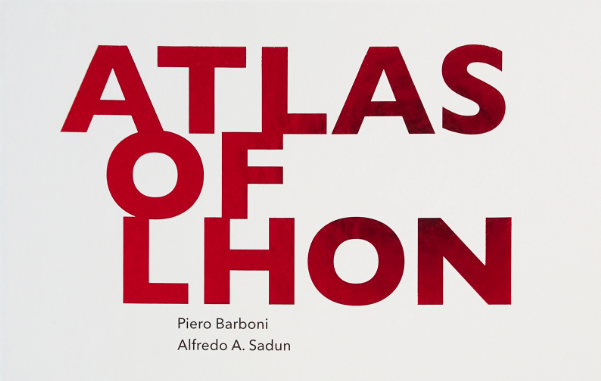In 1988, my father read the ‘Douglas Wallace paper’ (Wallace DC, et al. Science 1988)and then asked me “What is Leber’s disease”? That prompted me to study and to understand this remarkable disease. From that moment, my father and I spent considerable time in his laboratory analyzing mitochondrial DNA. Studying Leber’s hereditary optic neuropathy (LHON) and mtDNA gave me the opportunity to meet and work with two brilliant neurologists, Pasquale Montagna and Valerio Carelli, and with my neuro-ophthalmogy teacher, Alfredo Sadun. We spent a lot time together researching, discussing and learning and this has made us more than friends: I consider them my family. The question for researchers and clinicians has remained the same: “What is Leber’s disease”? At minimum, as clinicians we would want to know what is the natural course of the disease, and what can we clinicians can offer in it’s management. The primary use of this Atlas would be to enhance the ophthalmologist’s and neurologist’s ability to diagnose LHON. This timely, accurate diagnosis will optimize patient care and providing the best opportunity for early treatment with less psychological stress for patients and families. The primary aim of a practical and illustrated atlas would be to enable all clinicians to recognize both the typical and atypical features of this disease. We hope that, after reading this book and looking at the illustrations, the clinician’s new clinical acumen will reflect Goethe’s adage: ”The eye sees what the mind already knows”.
Piero Barboni, MD Bologna, Italy
I have come to regard Bologna as both sacred ground and a second home. It is home to the world’s oldest university (dating back to 1088). This led to university system in Europe with a set of mores and values that continues to inspires our better selves. University have led Western civilization out of the dark ages into the light of science. But Bologna has a more personal significance to me, as well. There, I have found a group of clinicians and investigators who love Leber’s Hereditary Optic Neuropathy and spend much of their time thinking and working on problems related to this fascinating disease. Piero Barboni, Valerio Carelli, Chiara La Morgia and an ever increasing number of their young acolytes, form a great group. They have an abundance of energy, enthusiasm and intellect. They do science for the best of reasons, because they are passionately curious. And they not only include, but embrace all who feel the same way. I consider them my fellow enthusiasts and my second family. This family is, as families should be, much more than the sum of its parts.
Alfredo A. Sadun, MD, PhD. Los Angeles, USA



